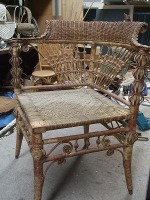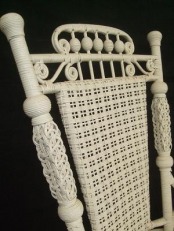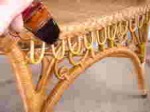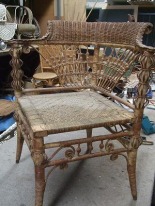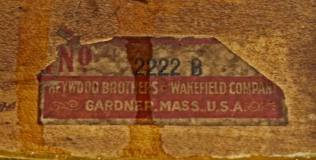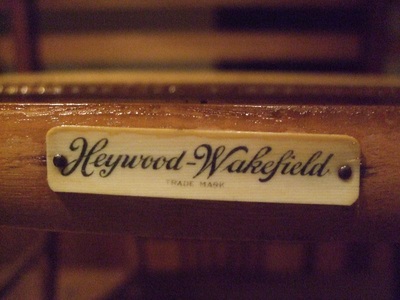History Of Wicker |
|
Heywood Brothers & Wakefield Company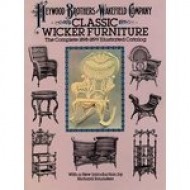 Heywood Bros. & Wakefield Co.
On March 17, 1897 The Wakefield Rattan Company merged with the firm of Heywood Brothers & Company, thus effecting one of the most important consolidations of capital yet made in New England. the two leading manufacturers of wicker furniture in the world formally joined forces to create the now famous Heywood Brothers and Wakefield Company. The merger was a consolidation of furniture designers,master craftsmen and shrewd business minds from each company. Thus the first joint catalog of 1898 - 1899, Click here to view catalog. The company contributed designs and shared inthe actual labor, is a special significance. It is this catalog which marks the true beginning of the most famous of all wicker furniture companies, for when these two giants of the industry combined forces they produced some of the finest handmade wicker furniture ever made.
Source: Dover Books. Heywood Brothers & Wakefield Company, Classic Wicker Furniture, The complete 1898 -1899 Illustrated Catalog |
|
"Wakefield Rattan Company" (1855-1897)
"Heywood Brothers & Company" (1868-1897)
"Heywood Brothers & Wakefield Company" (1897-1921)
"Heywood-Wakefield" (1921 or after)
"Heywood Brothers & Company" (1868-1897)
"Heywood Brothers & Wakefield Company" (1897-1921)
"Heywood-Wakefield" (1921 or after)

